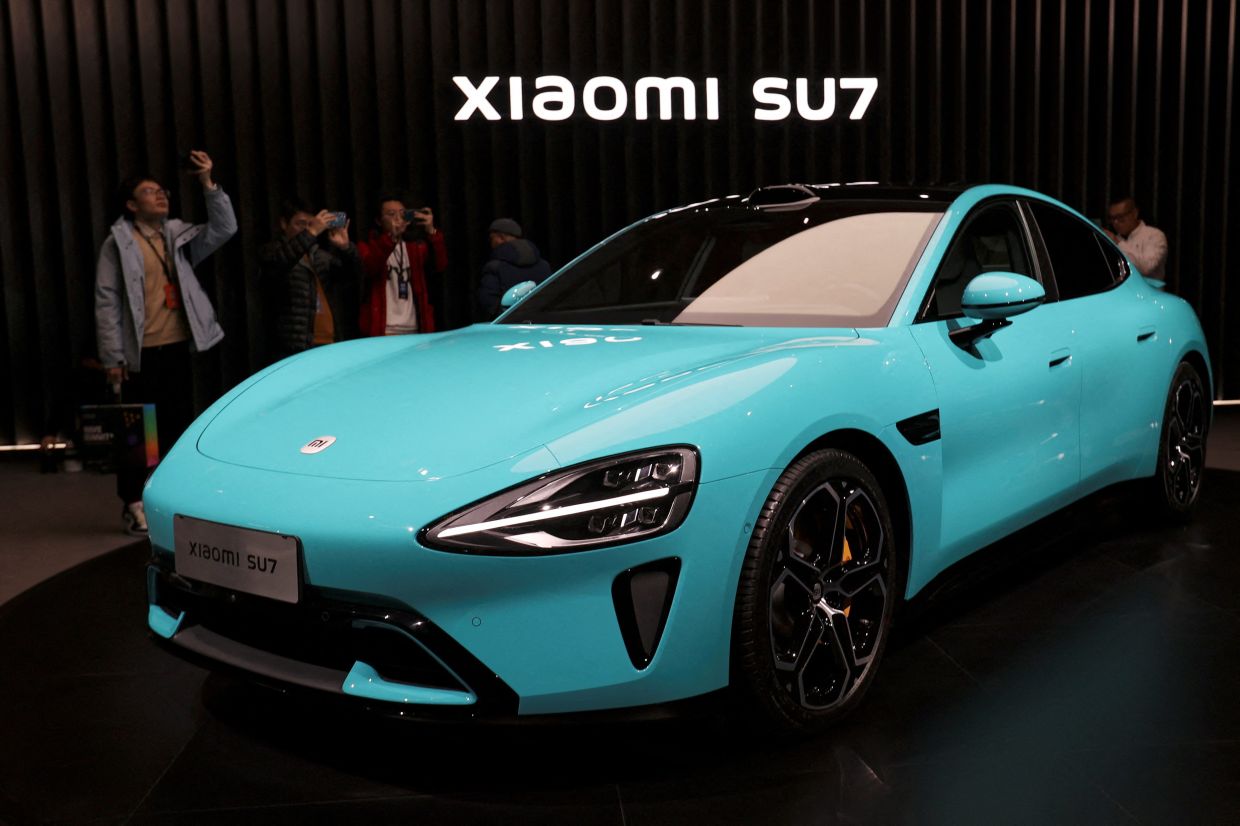
China’s ascension as a global leader in electric vehicles (EVs) has been significantly fueled by substantial public investments. This strategy, increasingly scrutinized in the US and Europe, is central to the ongoing trade tensions. However, China’s success in EVs offers valuable insights into the effectiveness of industrial policy, which could be a lesson for other sectors and countries.
China’s rise in the EV sector wasn’t solely due to government subsidies. While Beijing identified EVs as critical for environmental and economic reasons and invested heavily, it was a foreign company, Tesla Inc., that sparked genuine enthusiasm among consumers. When Tesla began manufacturing locally in 2019, it catalyzed the development of an extensive EV supply chain, showcasing the benefits of open markets and foreign investments.
Former government minister Wan Gang advocated early for investment in electric cars to leapfrog the dominance of foreign brands. His vision materialized as China welcomed Tesla, which in turn spurred local competition and innovation.
China’s EV market is now characterized by intense competition and rapid innovation. The government’s strategy to let numerous EV manufacturers flourish, with the best surviving through market forces, has resulted in a dynamic industry.
| Company | Notable Models | Market Position |
|---|---|---|
| BYD Co | Electric hatchbacks | Leading global seller |
| Li Auto Inc | L-Series SUVs | Top SUV charts |
| Xiaomi Corp | SU7 EV | Popular among consumers |
Despite the intense competition, companies like BYD Co have emerged as global leaders. BYD’s electric hatchbacks, featuring innovative designs like rotating touchscreens, are available at competitive prices starting from 73,800 yuan (US$10,200). Li Auto’s L-Series SUVs have gained popularity due to their spacious interiors and advanced in-car entertainment systems. Xiaomi Corp’s entry into the market with the SU7 EV has also been well-received.
China’s approach to fostering its EV industry is now being emulated by Western governments, which are offering subsidies to make their own EV sectors more competitive. However, the key difference lies in China’s willingness to let market forces determine the winners, rather than creating specific national champions. This method has proven effective, as seen in other sectors where rigid protectionism has stifled growth.
- Substantial government subsidies to stimulate market growth.
- Welcoming foreign investment to kickstart local industry.
- Encouraging competition among numerous domestic players.
- Prioritizing innovation and rapid product development cycles.
- Building comprehensive infrastructure, including charging stations.
The government’s decision to eventually abolish the “whitelist” of approved battery manufacturers opened the market to global competition. This move paid off as Chinese companies like BYD and Contemporary Amperex Technology Co Ltd (CATL) now hold a combined global EV battery market share of 53.1%.
China’s focus on the EV industry has had significant economic implications. With the government shifting away from growth driven by real estate and infrastructure, the EV sector is poised to contribute 2.7% of GDP by 2026. This growth is essential as China navigates the challenges of a burst housing bubble.
Despite facing obstacles such as high US tariffs and European Union duties, Chinese automakers continue to innovate and expand. The EV sector’s success is largely due to a combination of government support and a competitive market environment that drives continuous improvement and cost reduction.
China’s experience with EVs provides a potential roadmap for other high-tech sectors. Future growth areas may include artificial intelligence, renewable energy, and biopharmaceuticals. The country’s approach emphasizes creating an environment conducive to innovation, allowing market forces to identify and support the most promising companies.
Herbert Crowther, an analyst at Eurasia Group, notes that Chinese battery firms have achieved cost levels that surprise even their largest foreign competitors. This success is attributed to effective policies securing raw material supplies, an area where Western industrial policies often struggle.
China’s strategy in the EV industry demonstrates that a balanced approach combining government support, market competition, and foreign investment can yield substantial economic benefits. As Western governments seek to bolster their own EV industries, they would do well to consider the nuances of China’s approach, recognizing that subsidies alone are not a panacea. The true driver of success lies in fostering an environment where innovation can thrive and market forces can determine the winners.
By emulating aspects of China’s strategy, other countries can potentially replicate its success in EVs and apply these lessons to other emerging industries, ensuring sustained economic growth and technological advancement.
Featured Image courtesy of The Star
